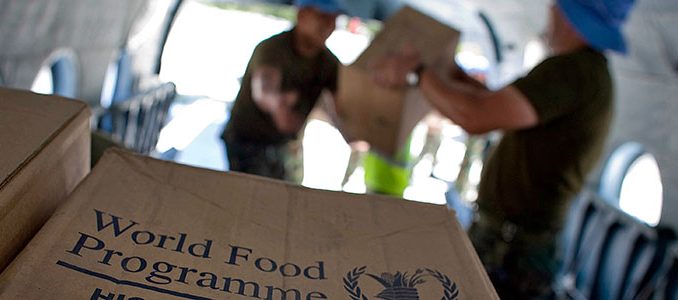
In News
An analysis of India’s food and nutrition security by the UN World Food Programme and the Ministry of Statistics and Programme Implementation has found that one in three children under the age of five will be stunted by 2022.
In-Detail
- The report is the country’s analysis by the World Food Programme (WFP) in collaboration with the Ministry of Statistics and Programme Implementation.
- For the analysis, WFP has gone by the current trends of food and nutrition security of the country and has found that 31.4% of the children in the country will be stunted by 2022.
- While the target is to reduce stunting to 25% among child population, at current pace India is nowhere near achieving the target.
- Child malnutrition is a measure of chronic malnutrition and India has reduced it at a rate of 1% per year which is the slowest among emerging economies.
- Ending hunger is the second Sustainable Development Goal (SDG) of the UN SDGs.
Breaking Down Progress
- As per the report, while the yield of food grains has increased by 33% in the last twenty years, it is only half the target to achieve by 2030.
- The production of more foodgrains by the Indian farmers made the country self-sufficient.
- But, it is the Indian consumer who has to struggle as access to rice, wheat, and other cereals have not improved at the rate of foodgrains production. Reasons for this include a growing population, wastage and loss of food, inequality, and exports.
- Thus, the average per capita consumption of energy by the poorest 30% of the country is 1811 kilo calories per day against the recommended 2155 kilo calories per day.
- Unequal access to foodgrains is the highest among children. Child Stunting is 48% in Bihar, 46% in Uttar Pradesh while it is 20% in Kerala and Goa.
- Also, it is higher at 51.4% in poorest wealth quintile, 43.6% in Scheduled Tribes, 42.5% in Scheduled Castes, and 51% in children born to mothers with no education.
Conclusion
It seems that the Indian economic growth has evaded its poor and marginalized sections of the society. Nutrition, which is a basic need for survival and being productive is hard to come by for the poorest sections of our society. As the report shows, inequality is the major cause of this situation and should ring alarm bells for the policymakers. When 31.4% (as projected) of children will be stunted why 2022, how can India call itself a progressive state? Though the government is trying to ensure proper nutrition for the children in the form of Mid Day Means scheme, National Nutrition Mission and National Food Security Act, progress is coming at a snail’s pace. Government has to take urgent and immediate measures and bring new policies to provide nutrition to all and achieve the SDG 2 on-time and reduce the suffering of future generations. After all, what is the use of a government if it cannot feed its own citizens.

Leave a Reply
You must be logged in to post a comment.